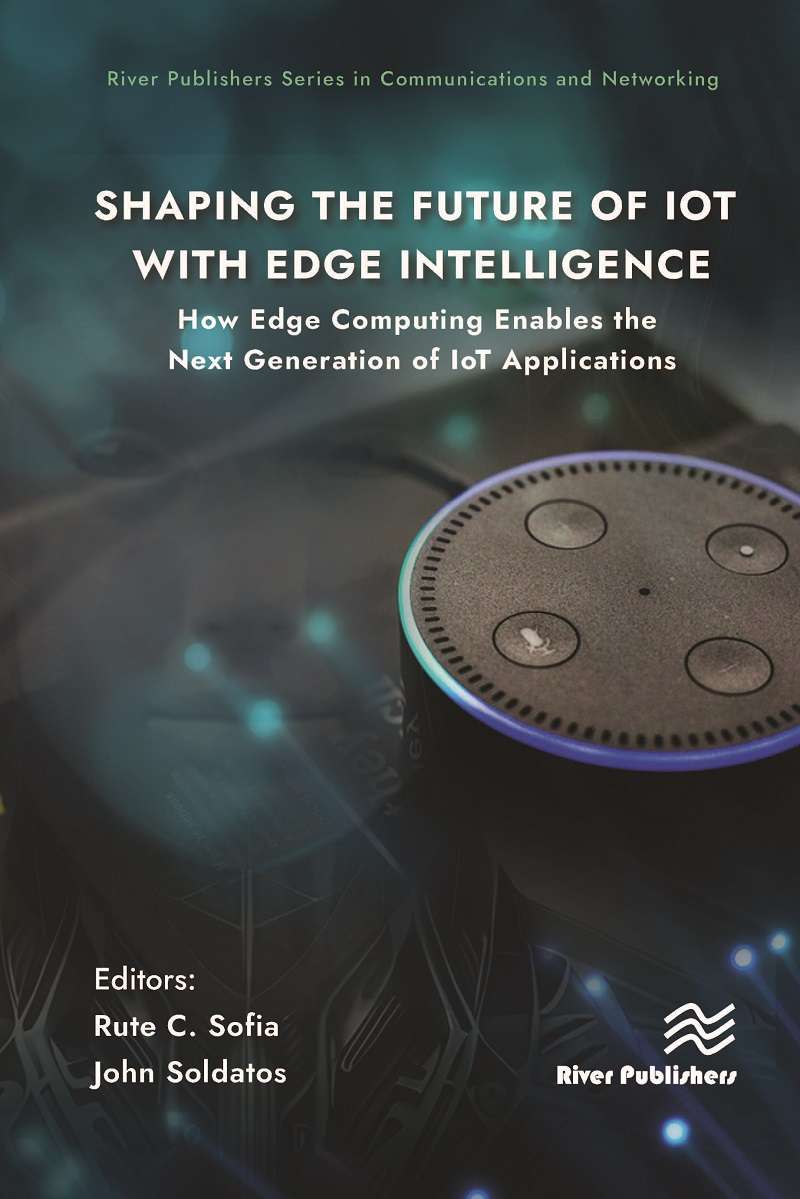VEDLIoT announces its contributions in a new book focused on the technologies behind edge intelligence and their applications in IoT, named “Shaping the Future of IoT with Edge Intelligence – How Edge Computing Enables the Next Generation of IoT Applications“, whose editors are Rute C. Sofia and John Soldatos.
Our team has notably contributed to the second part of the book, specifically the chapters titled “A Scalable, Heterogeneous Hardware Platform for Accelerated AIoT based on Microservers” (pp. 179-196), authored by R. Griessl, F. Porrmann, N. Kucza, K. Mika, J. Hagemeyer, M. Kaiser, M. Porrmann, M. Tassemeier, M. Flottmann, F. Qararyah, M. Waqar, P. Trancoso, D. Ödman, K. Gugala and G. Latosinski and “Methods for Requirements Engineering, Verification, Security, Safety, and Robustness in AIoT Systems” (pp. 197-228), authored by Marcelo Pasin, Jämes Ménétrey, Pascal Felber, Valerio Schiavoni, Hans-Martin Heyn, Eric Knauss, Anum Khurshid, and Shahid Raza.
The chapter on the hardware platform discusses a scalable approach for AIoT acceleration based on microserver technology. It looks at the integration of various accelerator platforms, such as CPUs, embedded GPUs, FPGAs, and ASICs, to provide support across the Cloud-Edge-IoT continuum. The emphasis is on the modular nature of the microserver approach, which allows many accelerators to coexist in a single platform. The chapter aims to give a clearer view of the current accelerator solutions available for AIoT applications by benchmarking these accelerators.
The subsequent chapter outlines requirements engineering, verification, security, and robustness relevant to AIoT systems. It presents an architectural framework that covers the requirements of distributed AIoT systems, shedding light on various aspects like system context, deep learning components, and communication nuances. Additionally, the chapter introduces WebAssembly as an environment that offers compatibility across different devices and software, especially within trusted execution environments for trusted computing. Finally, The chapter also highlights the importance of system integrity, supported by remote attestation and certification mechanisms.
Check the book’s description here.

